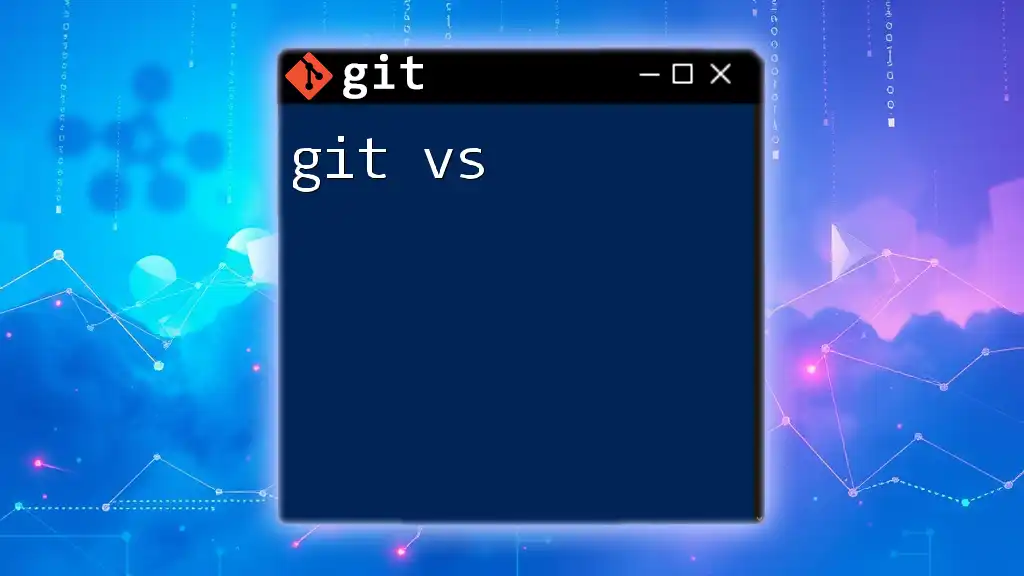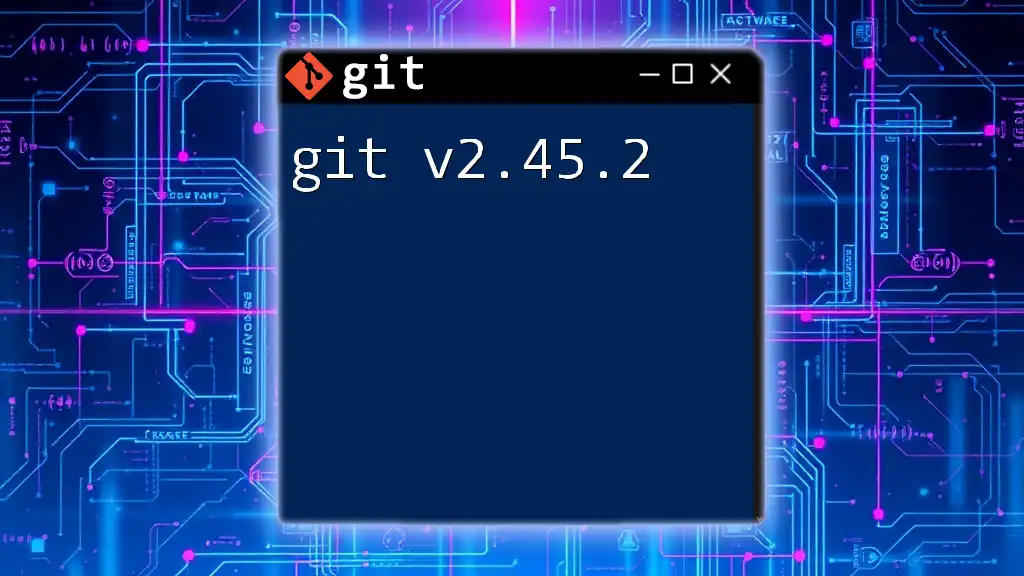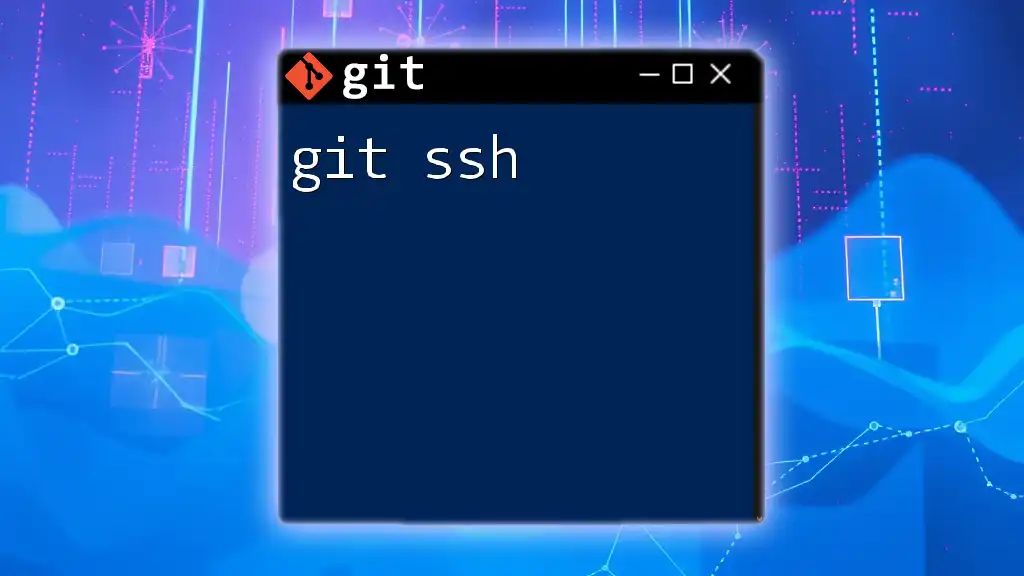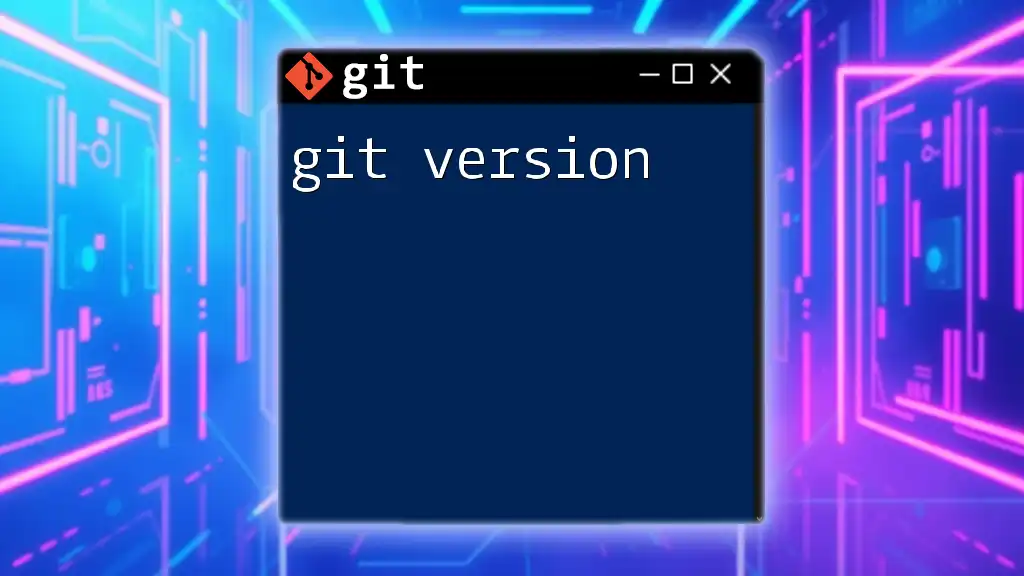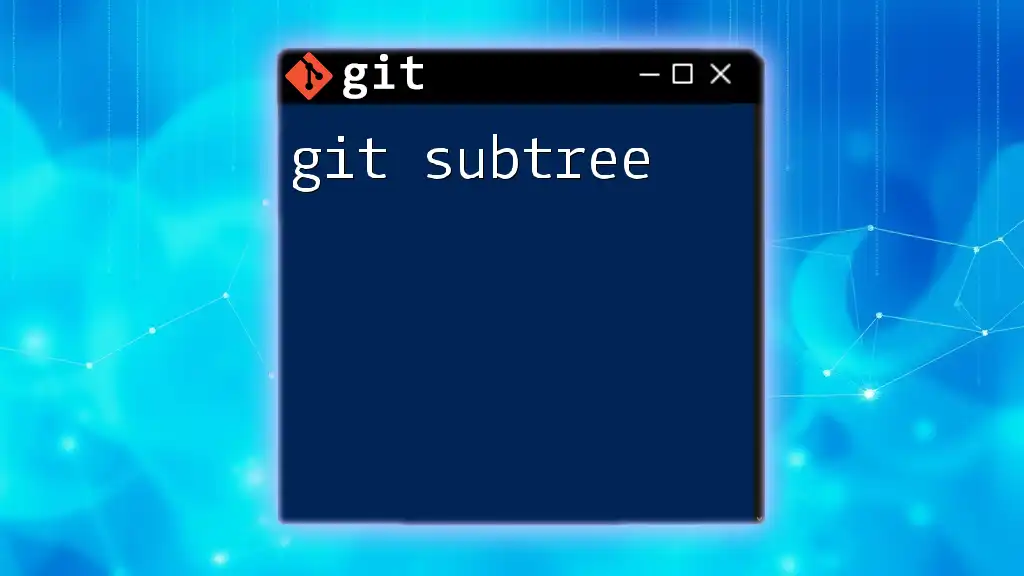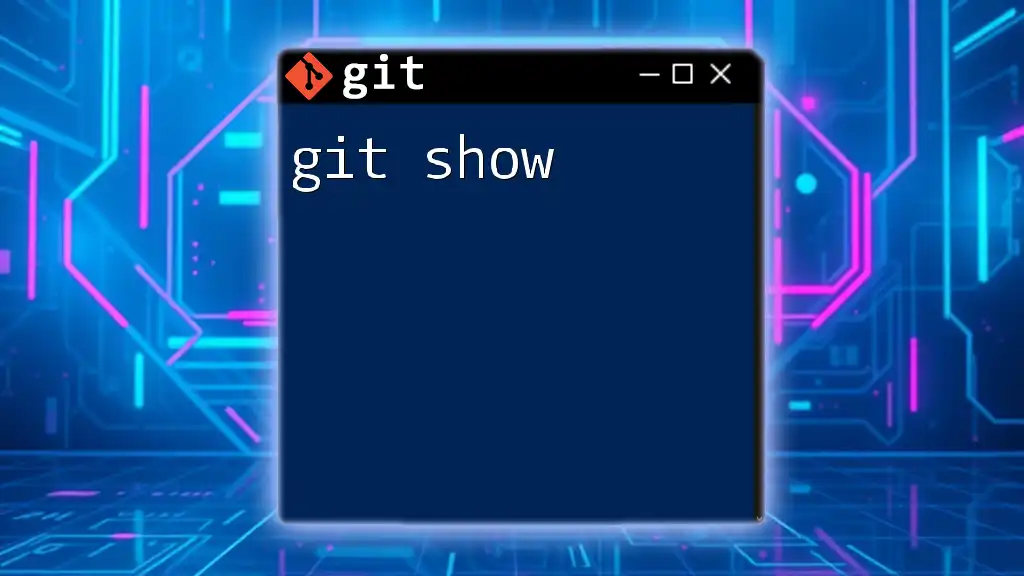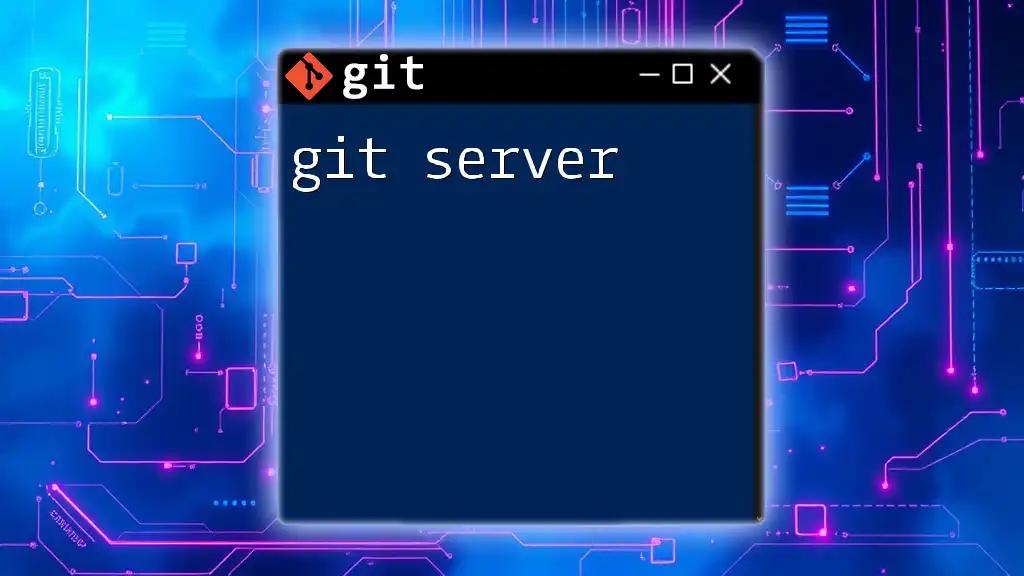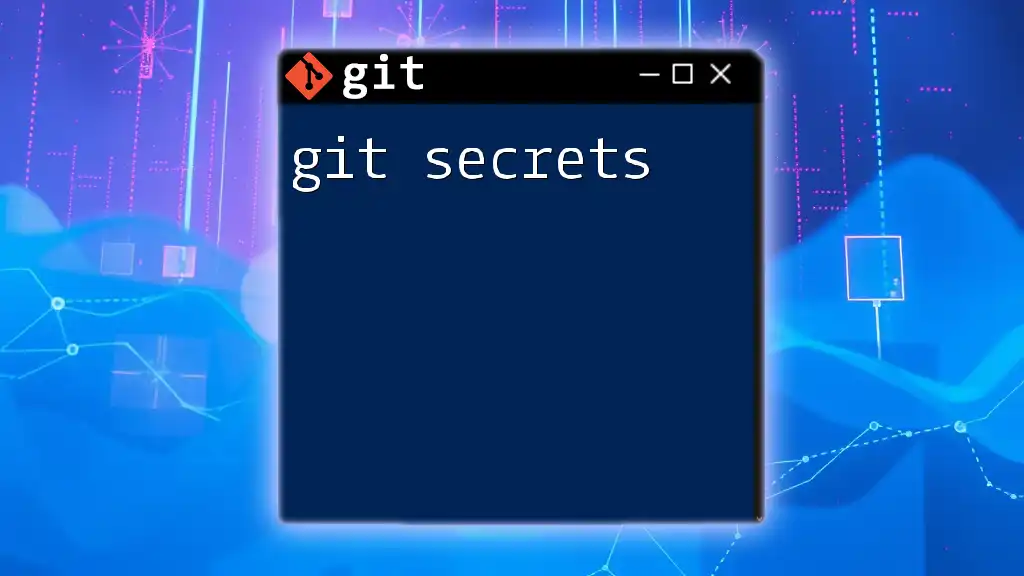In the "git vs" context, you can compare different Git commands and their functionalities to understand when to use each, such as using `git pull` versus `git fetch`.
Here’s a markdown code snippet showing both commands:
# Use git fetch to download the latest changes from the remote repository without merging
git fetch origin
# Use git pull to fetch changes and immediately merge them into your current branch
git pull origin main
What is Git?
Git is a distributed version control system that allows multiple people to work on a project simultaneously without overwriting each other’s changes. It helps manage changes to a source code repository over time. One of Git's critical features is its ability to handle everything from small to large projects efficiently, making it an invaluable tool in the tech industry.
Key features of Git include:
- Branching and Merging: Git simplifies branching strategies, allowing users to create branches for various features or fixes and easily merge them back into the main codebase.
- History Tracking: Git keeps a comprehensive history of changes, allowing users to revert to previous versions or track down when specific changes were made.
- Collaboration: Multiple developers can work on the same project without conflict, thanks to Git's design.
The advantages of using Git over other systems are numerous but primarily revolve around its flexibility, performance, and collaborative features.
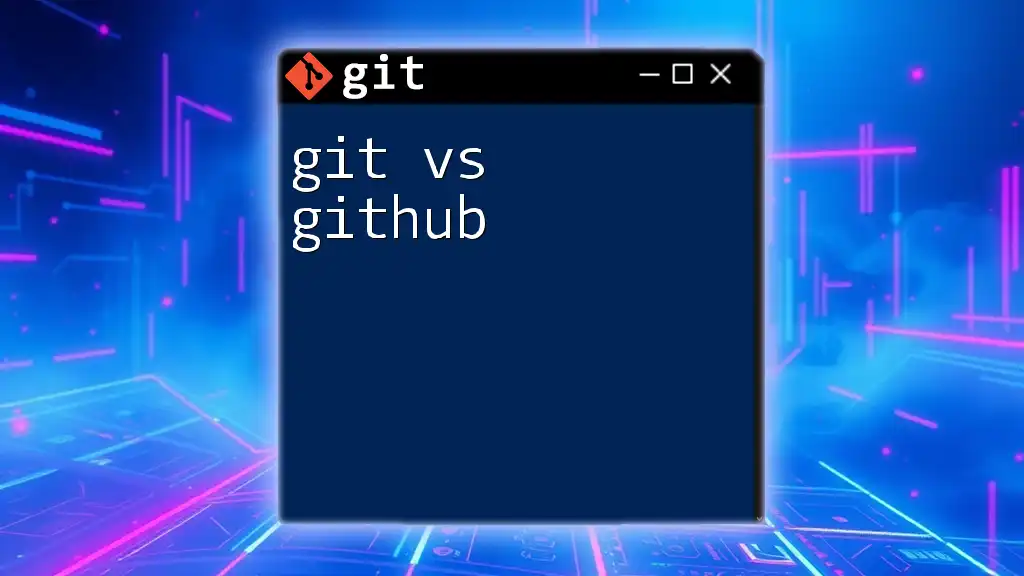
Git vs Other Version Control Systems
Git vs SVN
Overview of SVN
Subversion (SVN) is a centralized version control system that allows developers to manage changes to files and directories over time. It was widely adopted before the rise of distributed systems like Git.
Comparison Points
-
Centralized vs Distributed Systems: The most notable difference is that SVN uses a centralized model, meaning all version history is stored on a central server. In contrast, Git is a distributed system where every user maintains a full copy of the repository, including its history. This fosters greater independence when committing changes.
-
Ease of Branching and Merging: Git's branching model is one of its most robust features. Creating new branches is incredibly fast, and merging is simplified. In SVN, branching can be more cumbersome and is often discouraged.
Example Commands
Using Git to create a branch and merge it back:
git branch feature/new-feature
git checkout feature/new-feature
git merge main
In SVN, branching involves copying the trunk:
svn copy https://example.com/svn/myrepo/trunk https://example.com/svn/myrepo/branches/new-feature
Use Cases
Git is typically preferred in agile software teams where rapid iterative development and frequent branching are required. In contrast, SVN might be used in projects where a centralized authority is necessary for strict version control.
Git vs Mercurial
Overview of Mercurial
Mercurial is another distributed version control system focusing on simplicity and performance. It shares many features with Git but has a different command structure and philosophy.
Comparison Points
-
Command Line Structure: Both Git and Mercurial allow for similar functionalities but differ in syntax. Git uses a more explicit command structure, while Mercurial aims for simplicity but can feel limited for more complex workflows.
-
Performance in Large Repositories: Git is often more efficient with large codebases, especially with operations like branching and merging.
Example Commands
A commit in Git and Mercurial looks like this:
Git:
git commit -m "Added new features"
Mercurial:
hg commit -m "Added new features"
Use Cases
Developers might choose Git for its extensive community support and rich features for collaborating in large teams. Mercurial is often favored in scenarios where user-friendliness and a simple workflow are paramount.
Git vs Perforce
Overview of Perforce
Perforce is a centralized system designed for managing large-scale projects in enterprise environments. It excels in handling massive binaries and requires a dedicated server.
Comparison Points
-
Scalability for Large Teams: Perforce is optimized for large teams. It has more robust features for file locking and change management, making it suitable for projects with strict version control needs.
-
Integrations and Tooling Support: Perforce offers comprehensive integrations with other tools and a powerful GUI for client management, making setup and organization easier for some teams.
Example Commands
Submitting changes in Git and Perforce:
Git:
git push origin main
Perforce:
p4 submit -m "Updated the project files"
Use Cases
Git is favored in tech-driven projects, especially open source, where rapid iterations are crucial. In contrast, Perforce is often the go-to in industries such as gaming or broadcast where large binary files dominate.
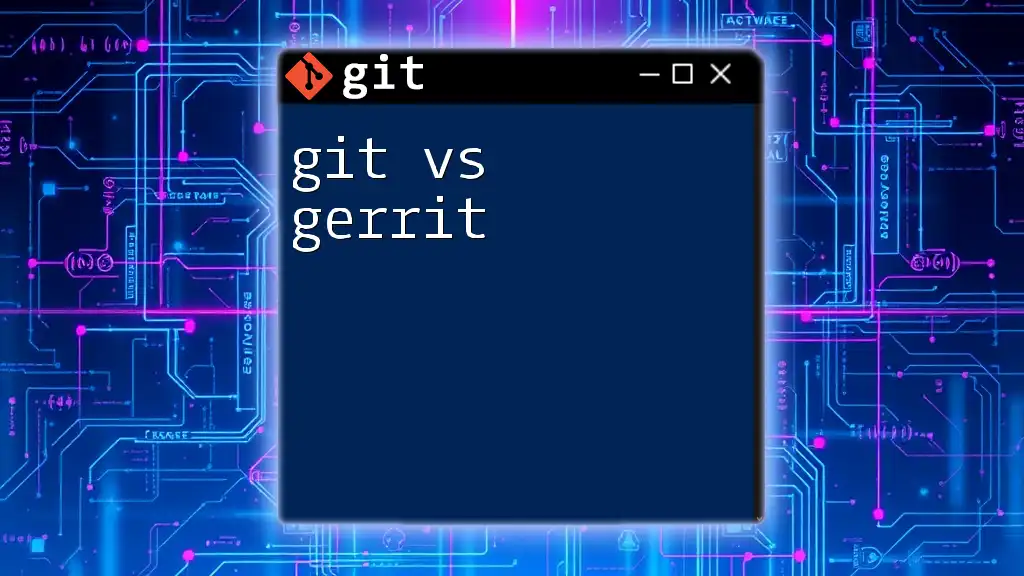
Advantages of Using Git
Flexibility
Git’s flexibility in workflows is one of its strongest points. Teams can adopt various strategies, such as feature branching, GitFlow, or trunk-based development, based on their specific needs.
Collaboration
Git facilitates a collaborative environment through features like pull requests and code reviews, allowing team members to suggest changes and enhancements while keeping the main branch stable.
Speed and Performance
Git outperforms many other version control systems, particularly in handling large repositories. Operations such as branching, merging, and committing are often significantly quicker in Git.
Offline Work
One of Git's unique features is its ability to work offline. Since users have a complete local version of the repository, they can commit changes without needing access to a central repository, which is a notable advantage in certain development scenarios.
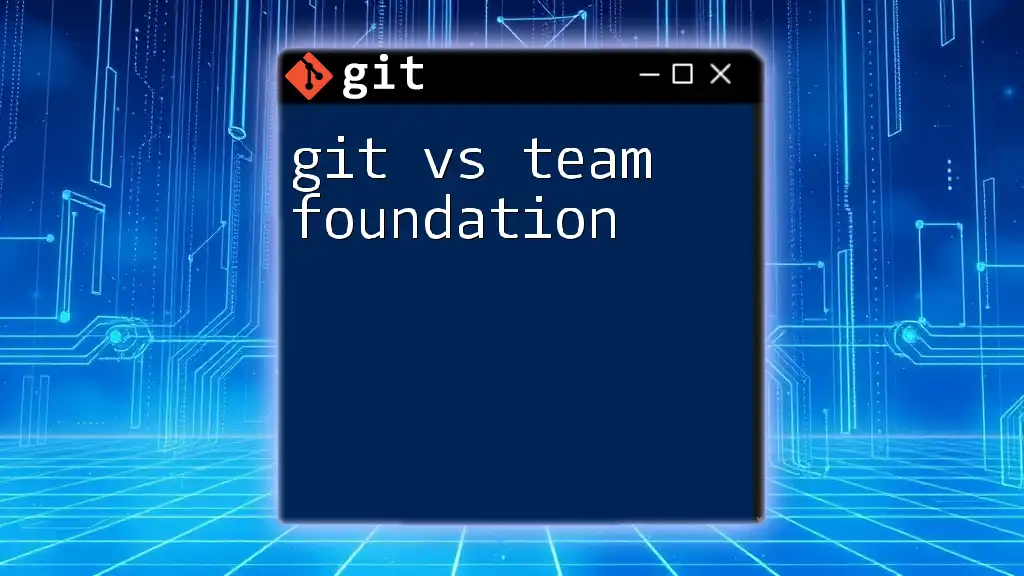
Common Misconceptions About Git
Git is Only for Developers
A common misconception is that Git is exclusively for developers. In reality, writers, marketers, and designers can also benefit from Git's version control capabilities to manage changes in documents, designs, or even campaign assets.
Git is Complicated
While Git can appear complex at first, many features simplify day-to-day tasks. For instance, commands like `git status` and `git log` can offer valuable insights into the state of your project without overwhelming beginners.
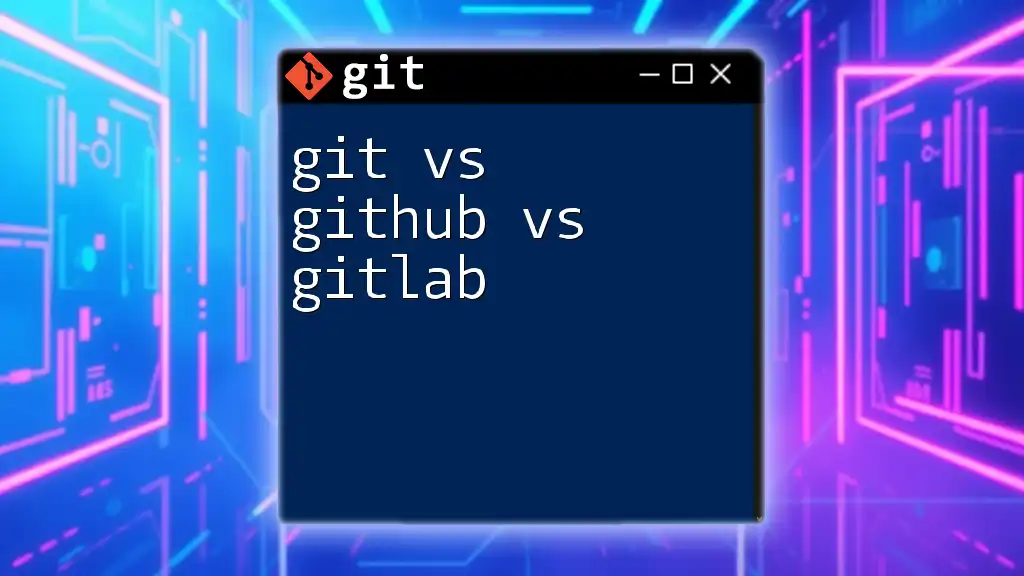
Conclusion
Understanding the differences between Git and other version control systems is crucial for making informed decisions about which tool to use for your projects. Git stands out due to its flexibility, collaborative features, and performance advantages.
By exploring the various comparisons with SVN, Mercurial, and Perforce, you can determine the best version control system for your needs. The role of version control in software development, content management, or digital asset management cannot be overstated, and knowing the right tool can significantly influence workflow efficiency.
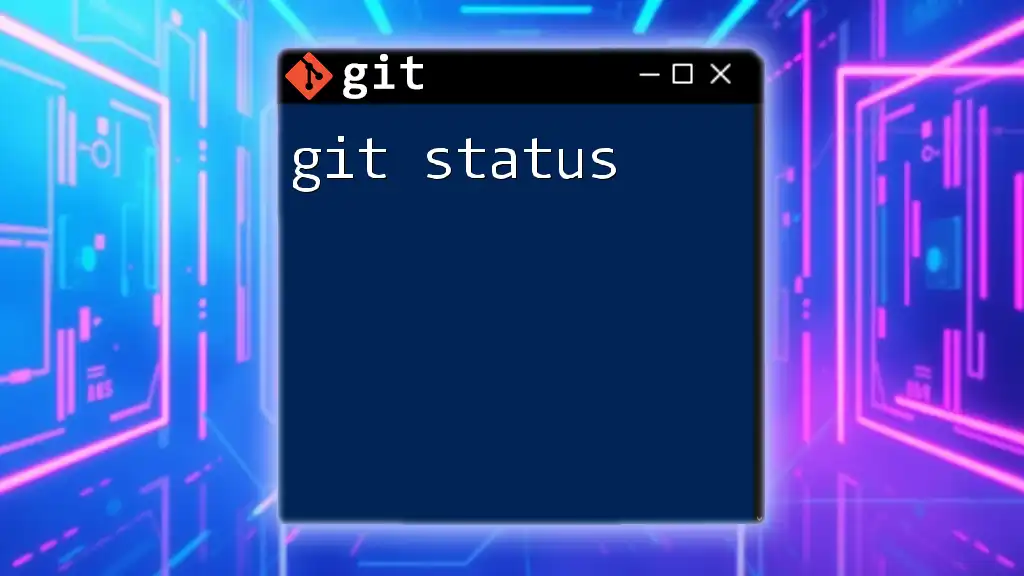
Additional Resources
If you're keen to dive deeper into Git and enhance your skills, consider checking out the following resources:
- Tutorials: Numerous online platforms provide step-by-step guides for Git beginners to advanced users.
- Documentation: The [official Git documentation](https://git-scm.com/doc) is a fantastic resource for in-depth knowledge.
- Community Forums: Engaging in communities like GitHub Discussions or Stack Overflow can help resolve queries and provide additional insights.
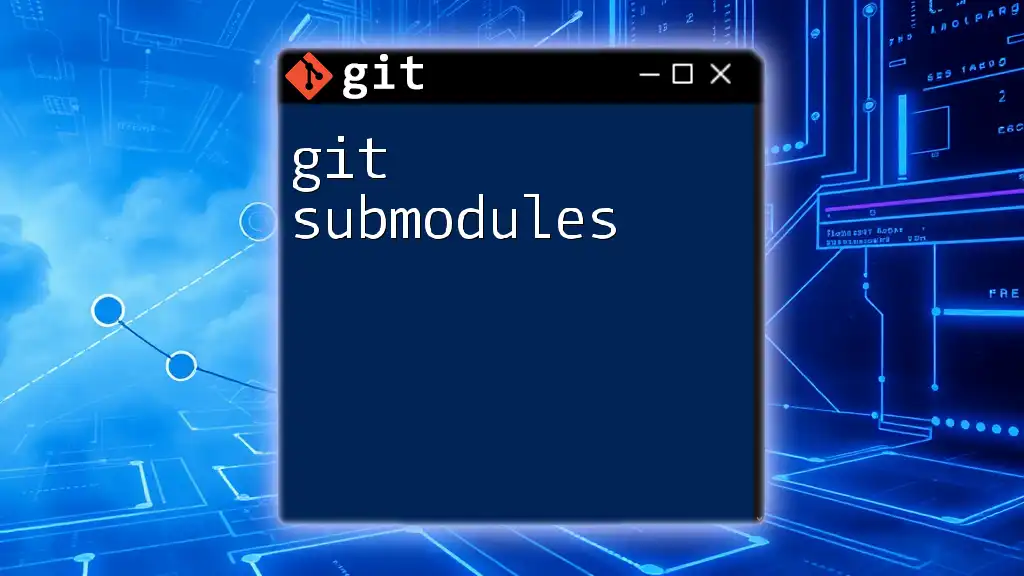
Call to Action
Ready to level up your Git skills? Subscribe for more tips and tricks or sign up for our upcoming classes designed to teach Git commands quickly and effectively!

